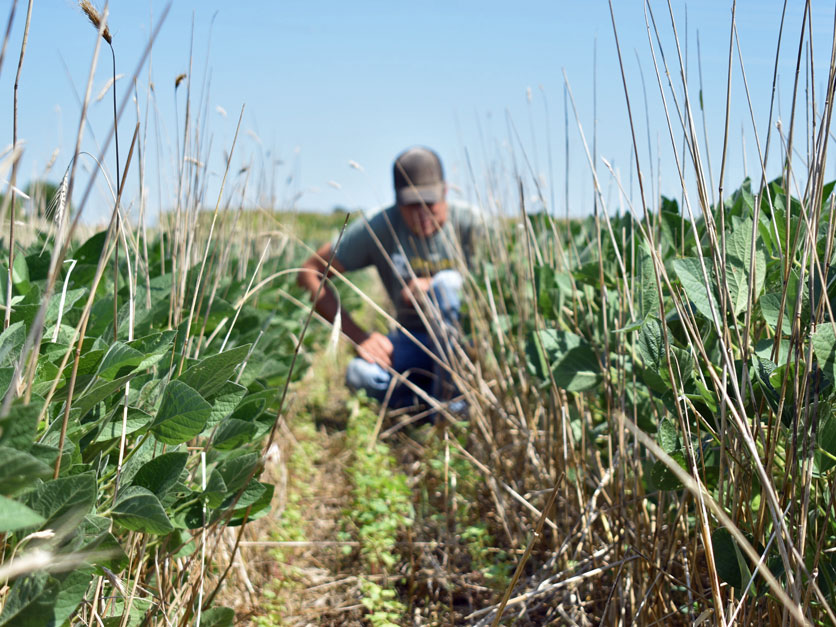A new USDA study of how farmers adopt conservation practices shows relatively few major differences between those who own their land and those who rent.
The study by the Economic Research Service, which addresses concerns that tenant farmers have less incentive to invest in conservation practices that sometimes take years to cover costs, found that adoption of conservation tillage systems and longer-term structural practices, such as filter strips or grass waterways, “do not differ systematically between cash-rented, share-rented, and owner-operated plots at the national level.”
When it comes to cover crops, ERS found little statistical difference between owner-operated acreage and cash-rented land, but said farmers on a share-rent basis are less likely to use cover crops than farmer-owners. However, the lower adoption rate for share-rent farmers varies by region.
For example, in the region that USDA defines as the Heartland (Iowa, Illinois and Indiana and parts of Minnesota, South Dakota, Nebraska, Missouri, Kentucky and Ohio) share-rent farmers were just as likely to adopt cover crops as farmers who owned their land in 2016, 2018 or 2021.
The region accounted for 60% of U.S. corn production in 2021 and 61% of soybean production in 2018.
The study measured soil disturbance rates as a measure of adoption of conservation tillage. Soil disturbance decreased over time for all five crops surveyed – corn, soybeans, cotton, barley and sorghum – “with very few statistically significant differences across land tenure groups at the national level.”
It’s easy to be “in the know” about what’s happening in Washington, D.C. Sign up for a FREE month of Agri-Pulse news! Simply click here.
The study suggested that the parity between owner-operated and rented plots in soil disturbance rates "could potentially reflect the benefits schedule exhibited by conservation tillage systems. Conservation tillage yields immediate benefits in the form of reduced labor, energy use, and time. In addition, operators can purchase a no-till planter and use it on both owner-operated and rented plots without having to switch machinery.”
The study, which comes as the Biden administration is pouring billions into funding of climate-smart farming practices, was based on data collected from the 2011–21 Agricultural Resource Management Surveys (ARMS) and the 2014 Tenure, Ownership, and Transition of Agricultural Land (TOTAL) survey.
About 40% of the farmland in the contiguous 48 states is rented.
For more news, go to Agri-Pulse.com.


